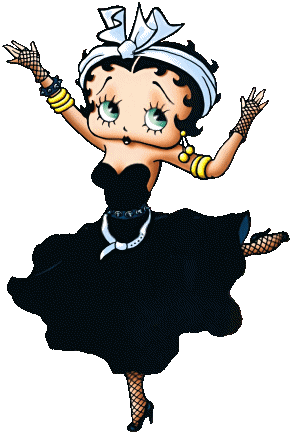




SMASH-IT UK RADIO
The HITS Radio
email. smash-ituk@outlook.com
SMASH IT UK RADIO
Will BE BACK ON AIR IN
January
playing 24 hours a day. PLAYING MUSIC
FROM THE 70S TO 80s
THE NONE STOP HITS RADIO

The First Singles Charts New Musical Express Launched the first UK singles sales chart (a top 12) on 14 November 1952,
initially compiled on a points system, from a sample of 15-30 from a pool of 53 shops. The chart was expanded to a Top 20 from 1 October 1954, a Top 30 from 13 April 1956 and a Top 50 from April 1983.
The sample size was initially 15-30 shops, expanded to 70 by the early 1960s and 150 by June 1963. The NME compiled its own chart until 28 May 1988, after which it used the Network Chart (compiled by MRIB for broadcast on commercial radio in the UK in direct competition to the official chart show on Radio 1, and hosted at the time by David Jensen) for some years It was at first little more than a gimmick, a tool in the circulation war against NME's much older (and more popular) rival Melody Maker.
The chart, at first a top 12, was the creation of the paper's advertising manager, Percy Dickins, who compiled it by telephoning around 20 major record stores and aggregating their sales reports. He would continue to personally oversee the compilation of the chart well into the 1960s.
The chart rapidly became one of the paper's most popular features. After only a few weeks, it started being quoted in record company advertisements and press releases. The chart also spawned imitators - Record Mirror launched its own chart in 1955 and Melody Maker in 1958.
The forerunner of today's official chart first appeared in the music trade publication Record Retailer (now Music Week) in 1960 as a Top 50, but was not immediately recognised as the definitive chart in the country.
Arguably, the NME chart was still the most recognised chart, and had the advantage of widespread exposure due to its use by Radio Luxembourg.
Throughout the sixties, the various different charts vied for public recognition, leading to some historical anomalies — for example, The Beatles' second single "Please Please Me" was a number one on most charts, but not in Record Retailer.
To add to the confusion, the chart used by the BBC on their popular shows Pick of the Pops and Top Of The Pops was actually calculated by averaging out all the others, and so didn't agree with any of them, and was prone to tied positions It wasn't until 1969 that a truly reliable, official chart emerged, from an alliance between the BBC and Record Retailer. For the first time a professional polling organisation, BMRB, was commissioned to oversee the chart, and a pool of 500 record shops was used - more than twice as many as had been used for any previous chart. The new Official Top 50 was inaugurated in the week ending 12 February 1969


